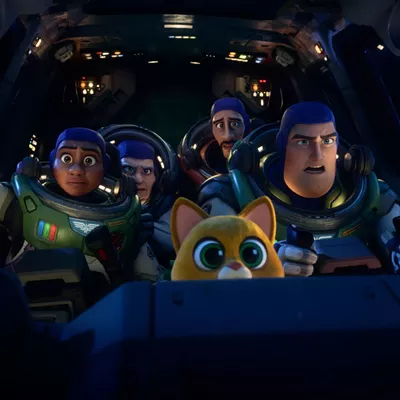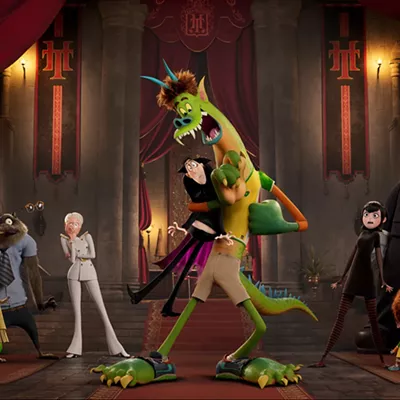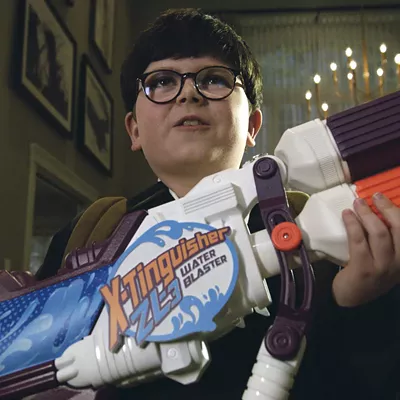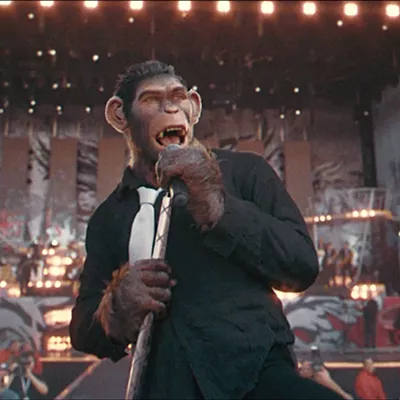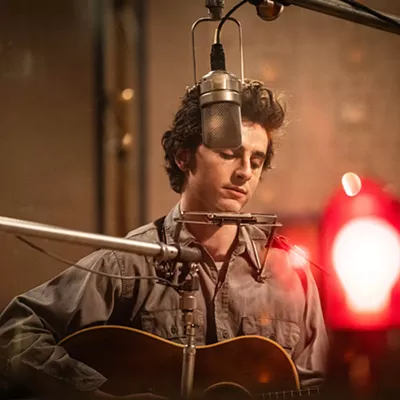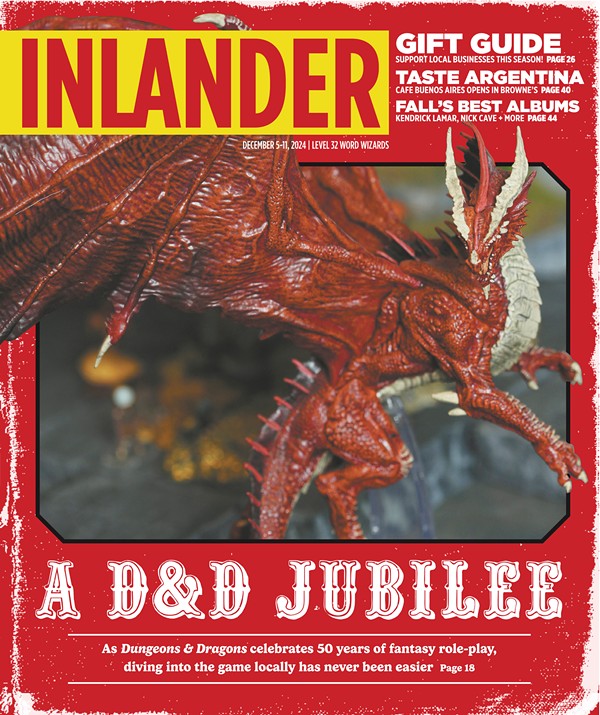When evaluating a work of animation, the devil is always in the details. From the manner in which a face changes expression as a character makes a crucial decision to the way the vast horizons of the ocean extend out before you as a magnificent sea creature travels across it, these are the things that immerse you in its world. In the largely immersive The Sea Beast, there is a whole lot to admire in the design of its creatures even if the people themselves can feel a little stiff. Thankfully, the film is able to shine through in its grander vision, one that offers a reflective take on a familiar story.
This all begins with Jacob, a monster hunter voiced by an appropriately charismatic Karl Urban (The Boys), who spends his days on the high seas. With a committed crew of distinct characters that spend much of their time shouting out various ship phrases with glorious vigor, he doggedly hunts down the supposedly dangerous beasts of the sea. However, time may be running out for the crew as a stuck-up king and queen are threatening to replace them with a ship run by their own lackeys. Thus, Jacob and the crew will set out to hunt down the ultimate prize: the enormous sea beast that is known as the Red Bluster.
Little do they know, this voyage will be unlike any they've undertaken. The primary reason for this is that they have a stowaway on board. The precocious youngster Maisie, voiced by relative newcomer Zaris-Angel Hator, has snuck aboard, drawn to adventure and a familial connection to hunting. Through an unfortunate series of events, she and Jacob will have to band together to survive when they get separated from the rest of the crew. Along the way, they'll think more deeply about whether these monsters are really as dangerous as they've been told.
If this all sounds a bit familiar, then you've probably seen the lovely 2010 film How to Train Your Dragon, where a group of characters reconsider their relationship with the mythical beasts they've demonized (the film executes that story as well as can be imagined). While The Sea Beast isn't quite as inventive, it still hits many of the same notes with enough heart to make it all work. The central relationship between Jacob and Maisie is an engaging one that the movie can mostly call its own even though many similar stories have built their narrative around an adult having to step into an unexpected parental role.
What sets The Sea Beast apart is the imaginative world that the two experience over the course of the film. A detour to an island of unexpected creatures is a high point as we see everything from a giant crab-like beast to a buried nest of babies magnificently bursting open. The care given to animating these scenes is felt in every frame, creating an enduring and unfulfilled desire for the entire film to be based around exploring what could be found there.
Still, the film makes the most of its vibrant visuals, a treat for viewers young and old. There is a genuine sense of scale and scope to the way everything is brought to life which proves rather impressive. The main attraction — Red Bluster — feels like a creature that is truly alive. A more patient journey atop the creature's back across the sea is a nice change of pace that proves to be most enthralling. Even just seeing Jacob and Maisie go about various tasks with Red in the vast ocean is mesmerizing.
Of course, it does then shift into a more conventional conflict toward the end that lacks the same charm of what proceeds it. What makes it still engaging is that it grapples with the history of the world and — again, like How to Train Your Dragon before it — how the beings people have come to call "monsters" may be more than that. It is in these moments where The Sea Beast is both joyous and melancholy, instilling the experience with a multilayered sense of emotion that can be wonderful to behold. ♦




